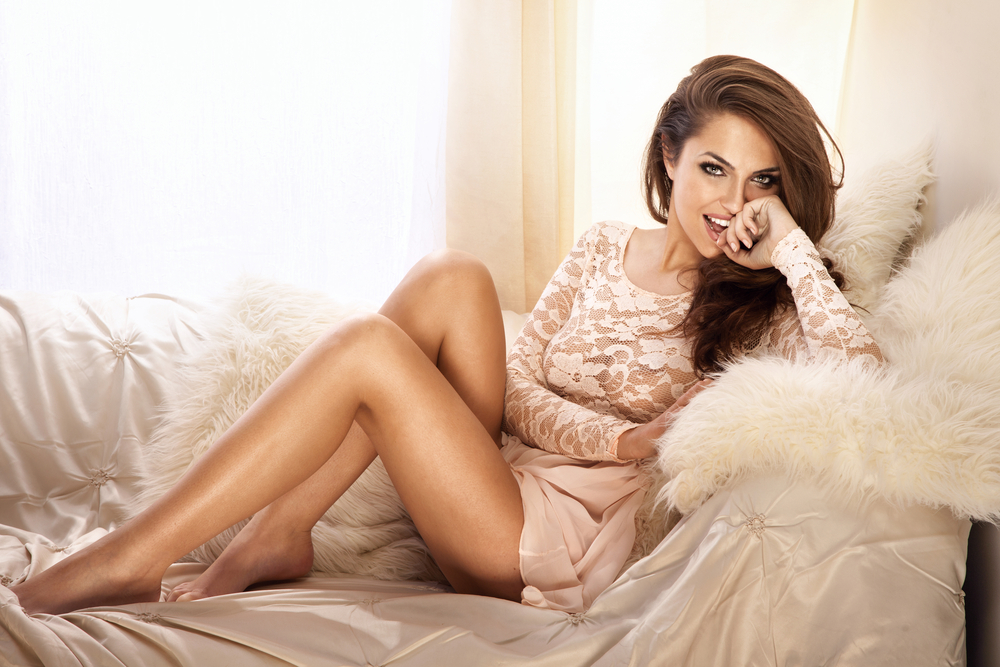
In the world of fashion, modelling is an art form that requires both creativity and confidence. Models have the power to bring designs to life, to capture the essence of a brand, and to inspire audiences. Behind every stunning photoshoot lies the delicate balance between artistic expression and the practical requirements of the industry. This article explores the art of modeling , shedding light on how models unleash their creativity and confidence in fashion photoshoots.
Be it on the catwalk, in magazines, or on social media, modeling plays a vital role in the fashion industry. It's not just about showcasing clothes; it's about storytelling and connecting with audiences through visual imagery. Models are the conduits for this artistic expression, using their bodies and expressions to convey emotions, narratives, and concepts. Each pose, gaze, or movement has the potential to evoke a range of feelings, creating a powerful impact on viewers.
Creativity is at the heart of successful modeling. Models often collaborate closely with stylists, hair and makeup artists, and photographers to bring a vision to life. They interpret the designer's vision and infuse it with their unique style and personality. The ability to think outside the box and take risks can make a model stand out from the crowd. Whether it's striking an unconventional pose or experimenting with facial expressions, models need to push boundaries to create compelling images.
Confidence is another crucial aspect of modeling. Confidence radiates from within and helps models exude charisma on camera. It's about trusting oneself, embracing individuality, and owning every aspect of who they are. Confidence allows models to embrace their flaws and transform them into strengths. It enables them to walk into a photoshoot with a bold presence and take on any creative direction with ease. Embracing their bodies and unique features builds an empowering foundation for models to excel and shine.
To enhance their creative process, models immerse themselves in the fashion world. They stay updated on the latest trends, follow influential designers, and study iconic fashion campaigns. By observing and absorbing various styles and aesthetics, models expand their artistic repertoire. They become a canvas for the multidimensional world of fashion, ultimately redefining and challenging industry standards.
Furthermore, models continuously hone their skills by undergoing training and portfolio building. Fashion institutes and workshops provide aspiring and established models with valuable knowledge on posing techniques, runway walking, and understanding the industry. These training sessions empower models to express themselves confidently and creatively, adapting to different fashion genres and concepts.
While modeling unveils a world of exciting opportunities, it also entails challenges. Models need to maintain physical and mental well-being, as the demands of the fashion industry can be grueling. They must follow strict diets and exercise regimes to maintain a healthy physique. Self-care practices such as mindfulness and stress-management techniques help models navigate the pressures that come with the profession, allowing them to thrive creatively and confidently.
FAQs:
Q1: How do models prepare for photoshoots?
A1: Models prepare for photoshoots by researching the concept, practicing poses in front of a mirror, staying fit and well-rested, and collaborating with the creative team.
Q2: How do models maintain confidence on set?
A2: Models maintain confidence on set by embracing their individuality, trusting their abilities, and having open communication with the photographers and stylists.
Q3: Can anyone become a model?
A3: While anyone can aspire to become a model, it requires a unique combination of talent, dedication, and perseverance to succeed within the competitive fashion industry.
Q4: Is there an age limit for modeling?
A4: The fashion industry has diversified over the years, and there are opportunities for models of various age groups. Different sectors of the industry cater to different age ranges.
Q5: How can models handle rejection?
A5: Rejection is a common part of the modeling industry, and models must develop resilience. Self-belief, a strong support system, and learning from each experience can help manage and grow from rejection.
In conclusion, modeling is an art that demands creativity, confidence, and a collaborative spirit. Models bring designs to life, captivating audiences with powerful visuals. By embracing their unique style, trusting themselves, and continuously refining their skills, models unleash their creative potential. The fashion industry appreciates models who dare to challenge conventions and push boundaries, ultimately redefining what it means to be a model in the 21st century.
Other useful resources
- https://en.wikipedia.org/wiki/Category:Models_by_modeling_agency
- https://www.planetmodelphoto.com/models/modeling/usa/wilmington/nc-north-carolina
- https://en.wikipedia.org/wiki/Category:Modeling_agencies